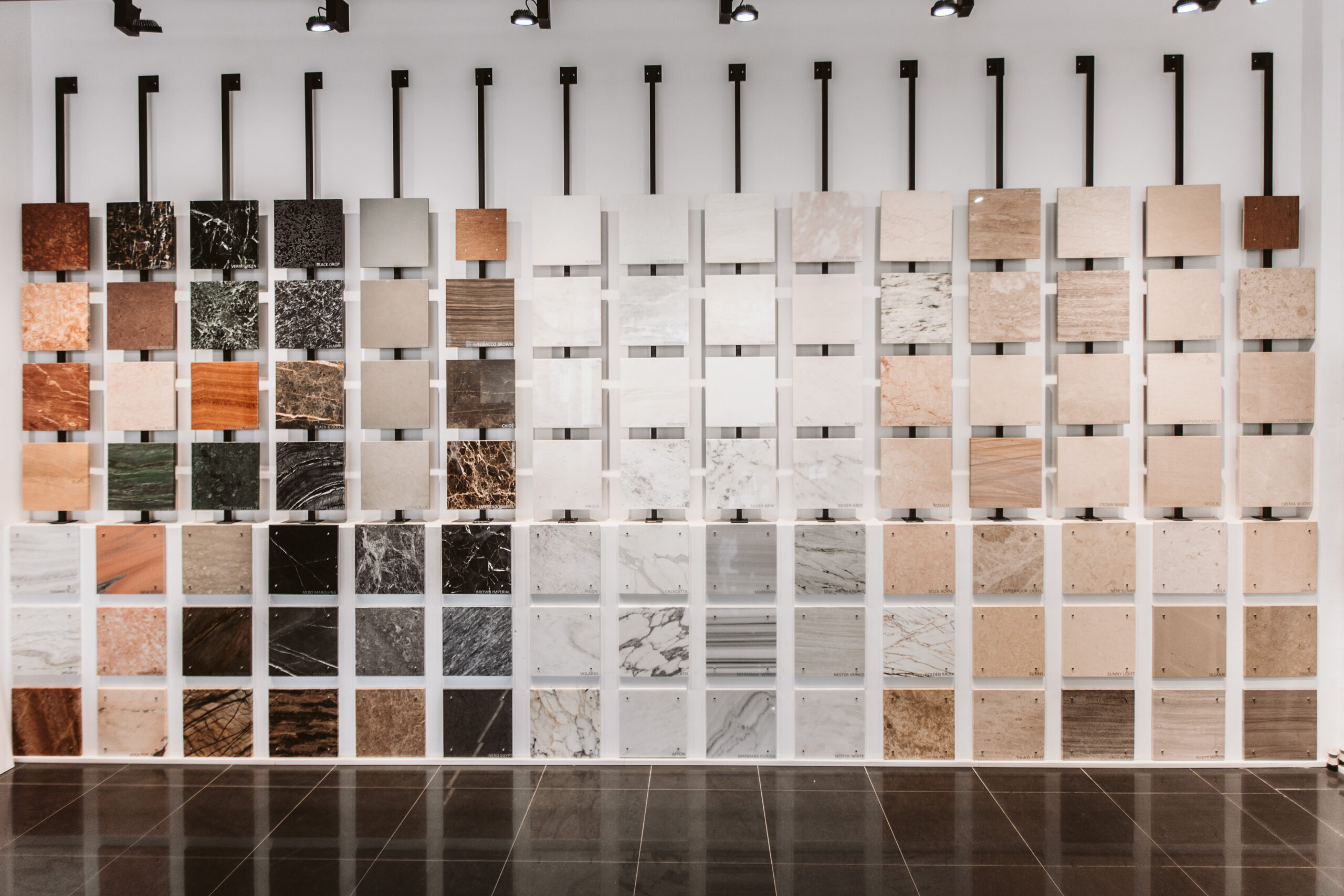Decorative stones are characterized all natural stones which are mined in quarries in geological formations, which have the required aesthetic and technical characteristics for the production of finished products of marble and granite and are suitable for applications in construction, in urban planning projects (private houses and business premises) and generally in architecture and decoration. Each decorative stone, as a natural stone, consists of minerals that vary, as the case may be, and which have been aggregated with the help of a mineral adhesive.
The type of minerals contained in each rock, their quantitative ratio in their mineralogical composition, their structure, their color, their grain size and the way and degree of their aggregation, ultimately form the special characteristics of each material.
That is why natural decorative stones, as materials created by nature, do not have standardized forms and characteristics, as is the case with all industrially produced materials.
On the contrary, as natural materials, they each have their own personality, since their form, coloring and, in general, the aesthetic, qualitative and technical characteristics of each material depend not only on its mineralogical composition, but also on the formation process of it, i.e. by very different factors, depending on the geological seasons and the respective conditions in the various geographical zones.
Natural decorative stones, therefore, could also be characterized as “designation of origin materials”, since it is rare to find exactly two identical materials originating from different geographical zones
Classification of Natural Decorative Stones
The abundance of natural decorative rocks that exists today in the Greek and global market is classified into various individual categories, either by scientific criteria (geological-petrographic classification) or by commercial criteria.
SCIENTIFIC CLASSIFICATION
During the scientific classification of the various rocks, their mode of formation, their petrographic analysis and their mineralogical composition are taken into account.
More specifically, decorative rocks, depending on how they are formed, are classified into the following three major categories:
Sedimentary rocks
The various types of limestone, travertine, onych-marble, shale and sandstone are classified in this category.
Explosive rocks
Granites, porphyries, basalts, etc. are classified here.
Metamorphic rocks
This category includes genuine marbles and various crystalline limestones, slates, quartzites, etc.
COMMERCIAL CLASSIFICATION
In commercial terms, the multitude of species and types of decorative stones are usually classified into three major categories, depending on the characteristics of each material and its mining and processing techniques
Marbles
In this category are classified all decorative rocks of small or medium hardness, which can be mined in large volumes that are cut into slabs of small thickness, which are amenable to grinding and polishing. More specifically, as “marbles” in the commercial sense of the term are the various calcitic and dolomite rocks, such as genuine marbles, limestones, travertines, onyxes (onyx marbles), alabasters, transparent mudstones, ophito limestones and serpentines (green marbles) etc.
Granites
In this category are classified the decorative rocks of relatively high hardness and which can be mined in large volumes that are cut into slabs of small thickness, which are amenable to grinding and polishing. In other words, as “granites” in the commercial sense of the term, many igneous and metamorphosed decorative rocks of various mineralogical and chemical composition are characterized, such as genuine granites, granodiorites, quartzites, etc.
Other natural stones
In this large category are classified all the natural decorative rocks that cannot be classified in the two previous ones, either because they are not always mined in the form of marketable volumes of large dimensions, so that they can then be cut into slabs of small thickness, or because they are not amenable or do not hold grinding and polishing

